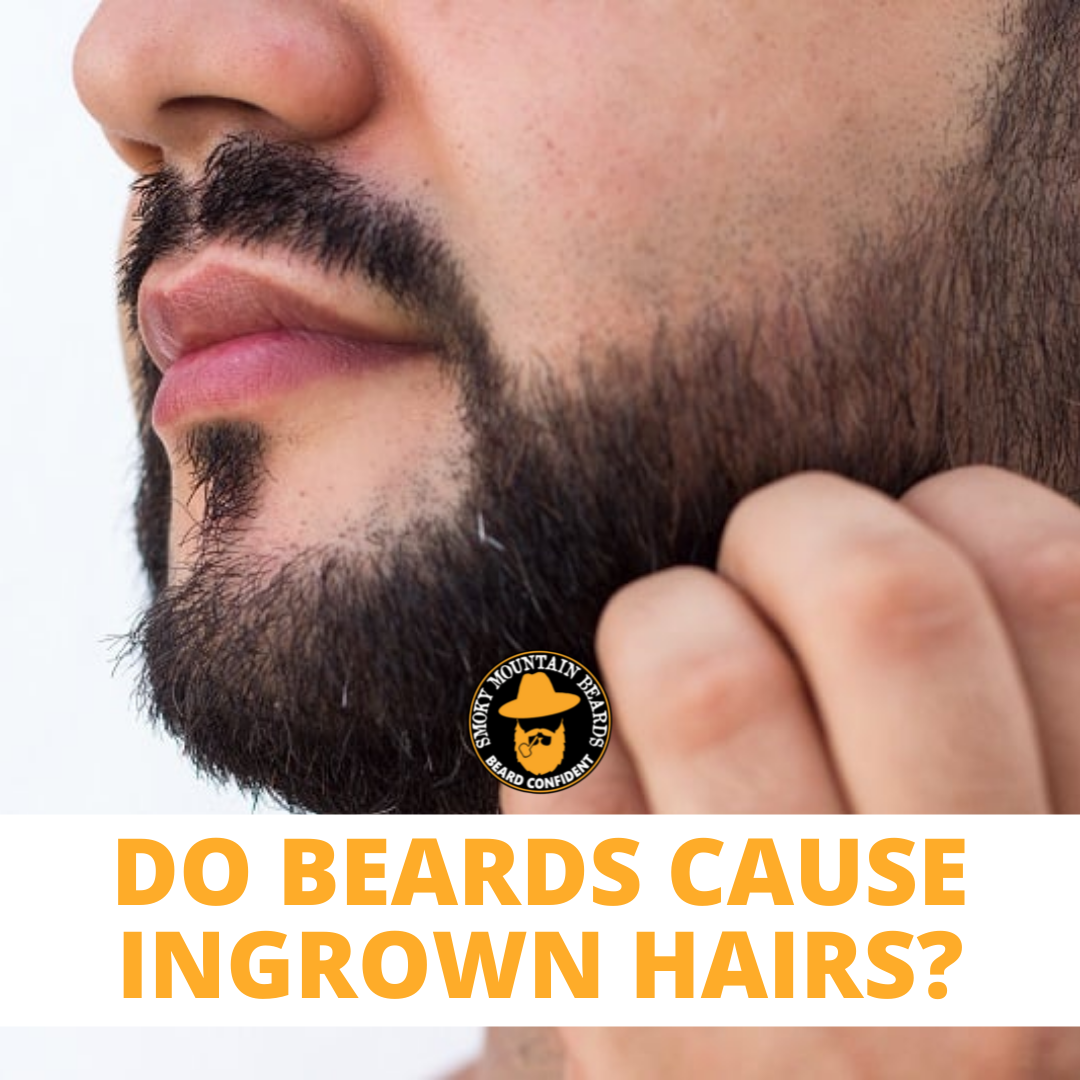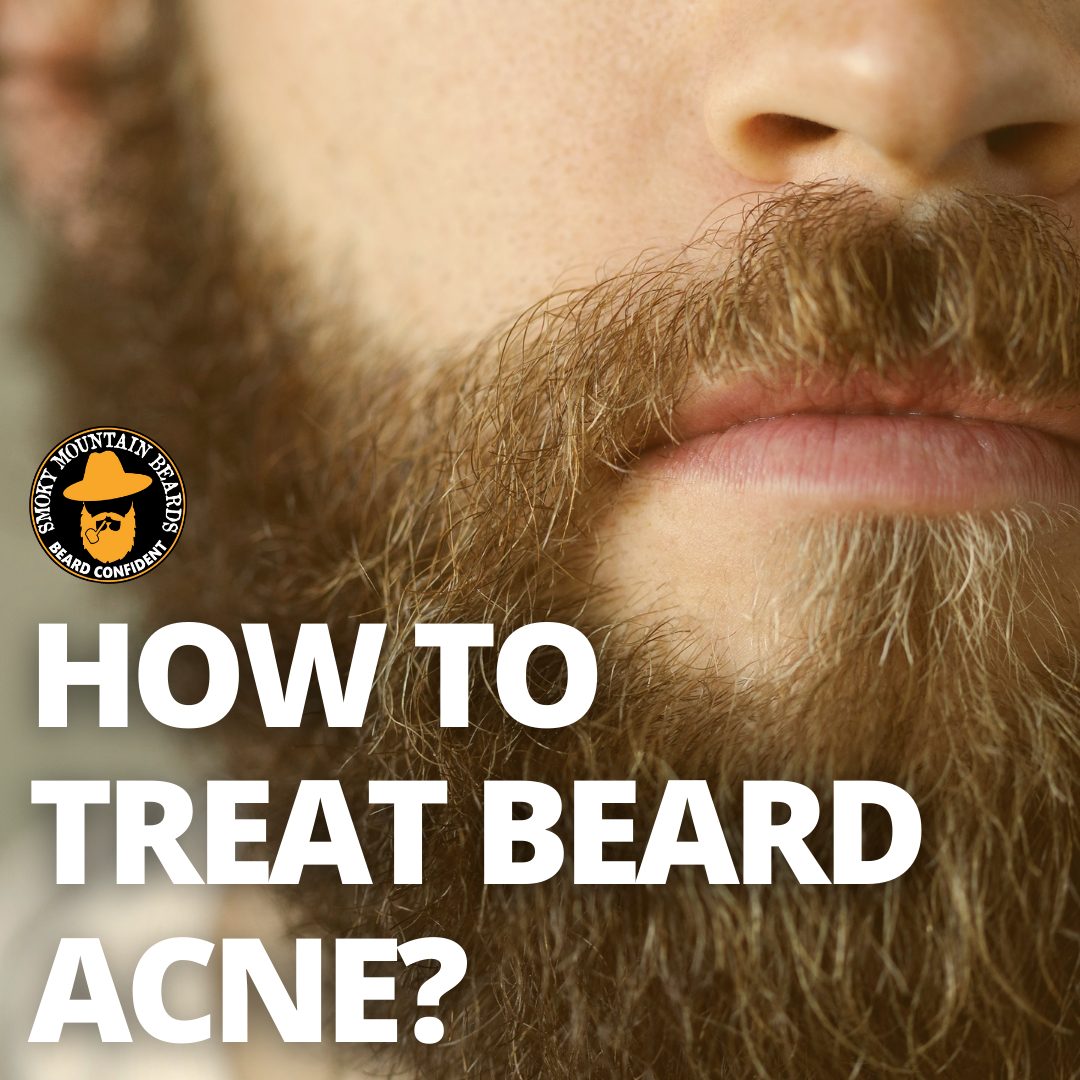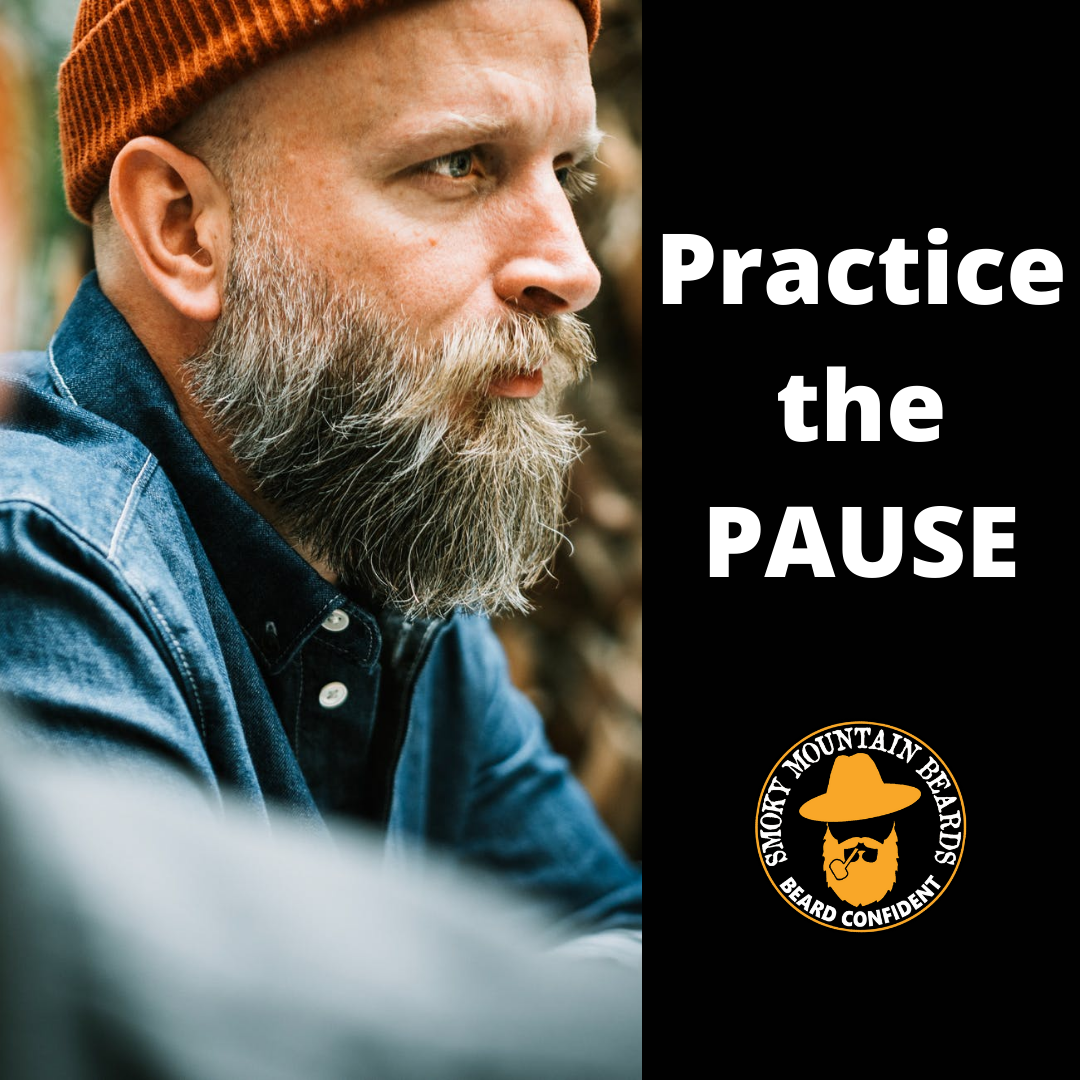Do Beards Cause Ingrown Hairs?

Shaving is a huge cause of ingrown hairs. Having a beard makes you less susceptible in that sense, but you can still get them around the areas that you trim up. Although some men with super curly beards will disagree, letting your beard grow will drastically reduce the risk that you’ll get ingrown hairs.
While many bearded guys love growing their beards out, many of us do shave to start fresh from time to time. Even if you are letting your beard grow out, you may trim up the edges, which can still leave you susceptible to ingrown hairs. How can you prevent them?
What Causes Ingrown Hairs?
Sometimes, shaving or trimming causes ingrown hairs because you leave short, blunt hair close to the surface of the skin. This hair can easily turn in the wrong direction and penetrate the skin.
Even though it is pointing inward, the hair follicle and blood supply do not know that, so the rogue hair will keep on growing under the surface of your skin. As it grows longer, it forms a bump, and you’ll start to feel pain.
How to Prevent Ingrown Hairs Before You Shave
Give attention to the razors or trimmers you use when you shave. Check the instructions for any shaving tools you use to make sure you are not using them more often than you’re supposed to. Most disposable razors are only good for a maximum of ten shaves. For non-disposable shaving tools, invest in Barbicide. Even if you are the only person using the tool, you do not want to re-introduce bacteria to your face from the last shave.
Be sure that the tools you use on your face are only for your face. There are different pH levels and bacterial environments in different parts of the body. Your face is super sensitive, so don’t use a facial shaving tool on any other body part
How to Prevent Ingrown Hairs When You Shave
Although there may be style reasons for doing things differently, the way you shave can prevent ingrown hairs. You need to shave (or trim) in the direction in which your hair grows. Shaving in the opposite direction of how your hair naturally lies increases the chance that the shaving action will push some of the blunt stubble right underneath the surface of the skin.
Opt for styles without large sections of shorter hair and stubble. Instead, completely shave edges or any areas that you want to trim up, and leave the longer section of your beard full and long. Any strand can become an ingrown hair, but short stubble is far more prone to grow inward than a longer strand of hair.
After you shave, use a moisturizer, like our beard oil or beard balm, to make sure your beard is soft. A softer strand of hair is less likely to work its way underneath the surface of the skin. The action of working the moisturizer into the skin will also smooth down all of the hair follicles and move them away from the skin.
How to Prevent Ingrown Hairs Between Shaves
When it comes to your beard (and your whole body for that matter) you probably get way more ingrown hairs than you realize. The body is very resilient and has mechanisms to take care of problems on its own. That’s why plenty of ingrown hairs disappear without any intervention.
Ingrown hairs that are too large for the body to clear away are the peskiest and most painful ones. You usually recognize these because they will not go away without some sort of action on your part. Smaller ingrown hairs also become painful and noticeable if they get infected. This is another instance where you need to take action to get rid of the painful bump.
Preventing infections is a key method of preventing the pain of ingrown hairs. Having a good routine of washing your beard is key. Our Big Beard Soaps have activated charcoal to strip away all of the grime that can cling to the skin and hair, and they also have conditioning properties to soften the skin and beard, making ingrown hairs less likely. The good shaving tool hygiene, mentioned above, also goes a long way in preventing infections.
Ingrown hairs are one of those hard-to-swallow facts of life, but there are plenty of things you can do to prevent them. Your run-of-the-mill in-grown hair can clear up with a little at-home TLC (or nothing at all.) When an ingrown hair just won’t go away and begins to show signs of infection (think redness, swelling, or pus,) it may be time to seek some OTC topical medication or the expertise of a doctor.



